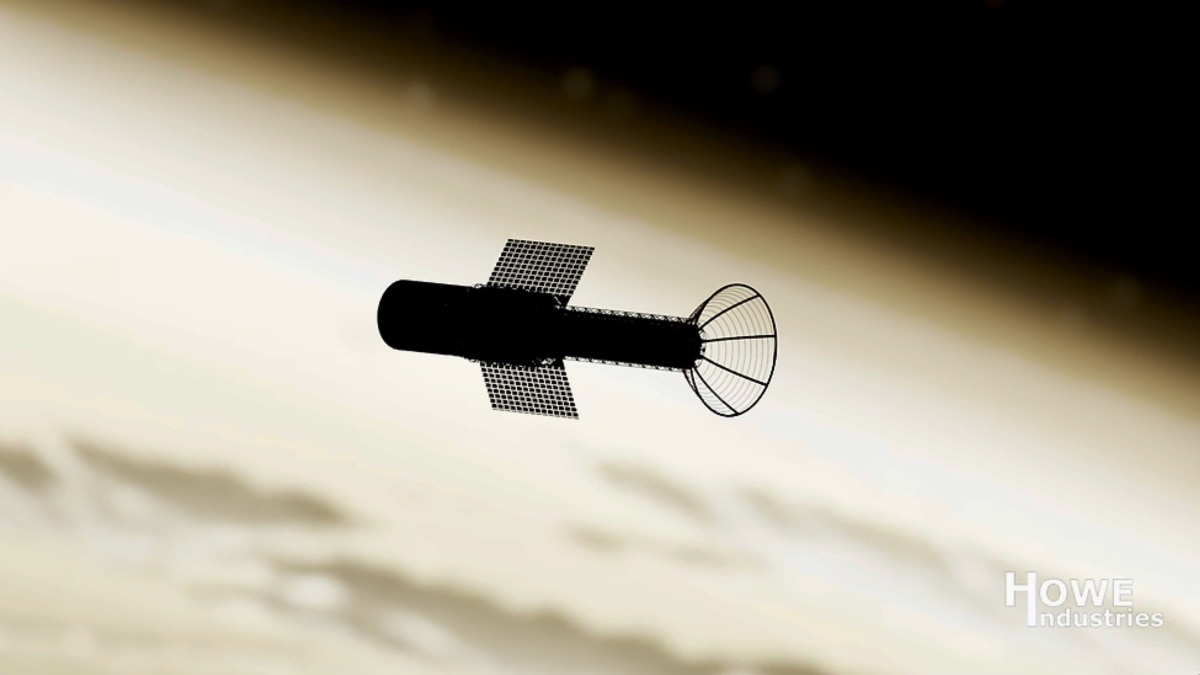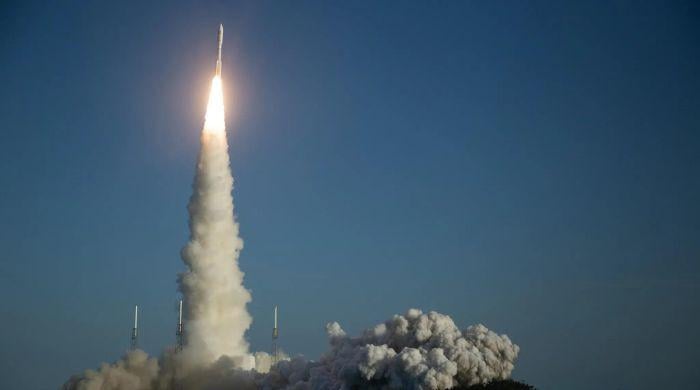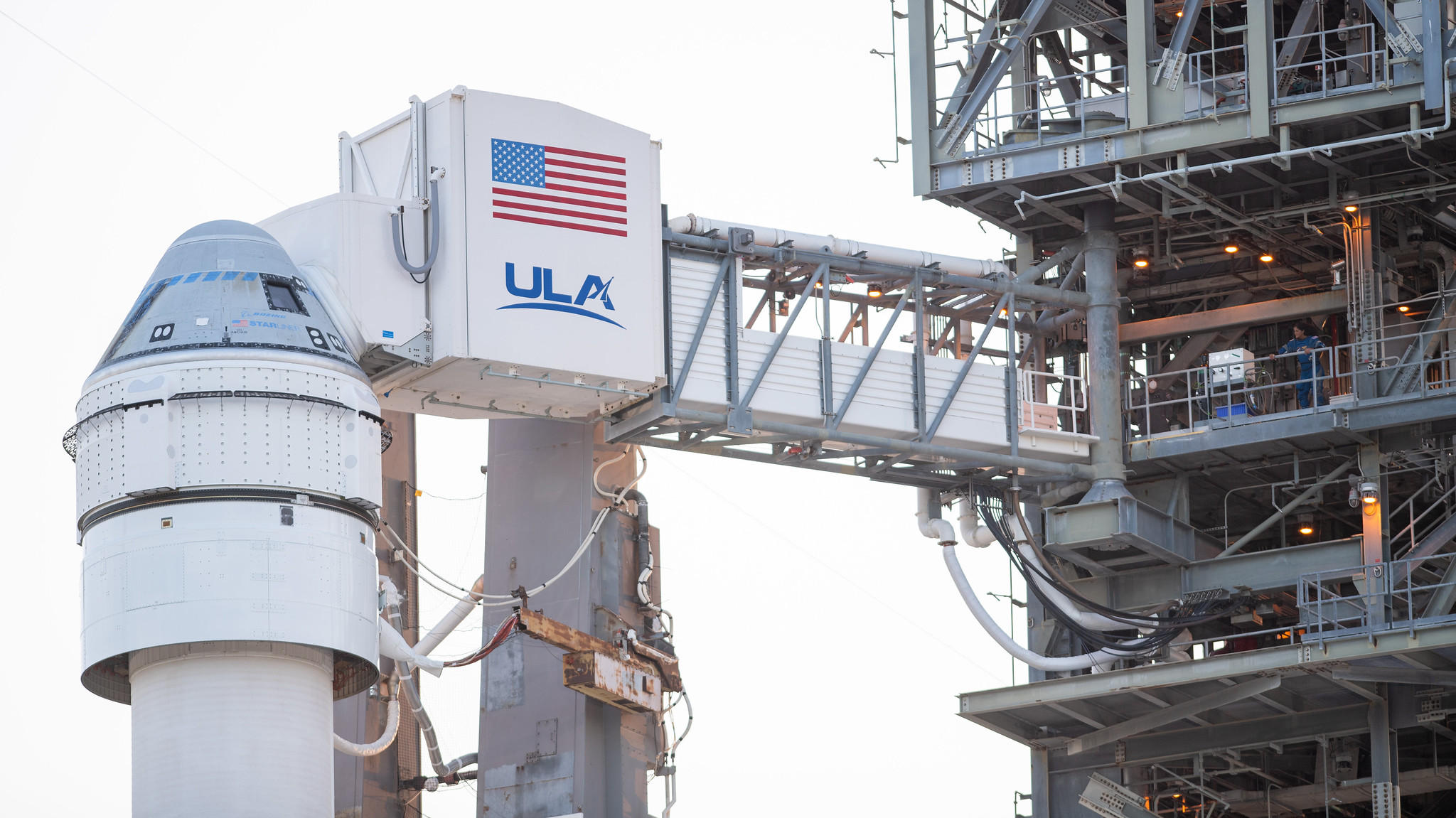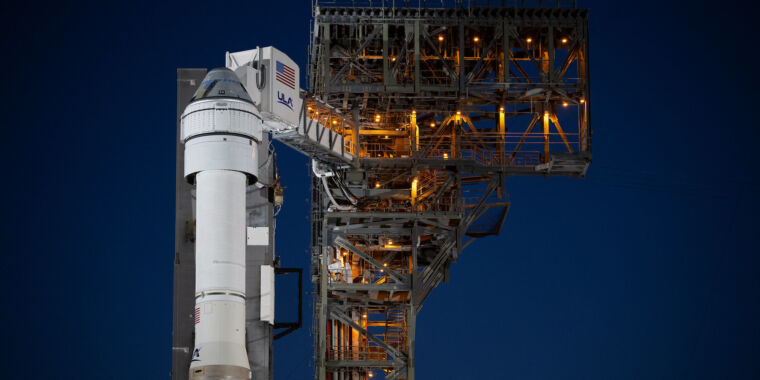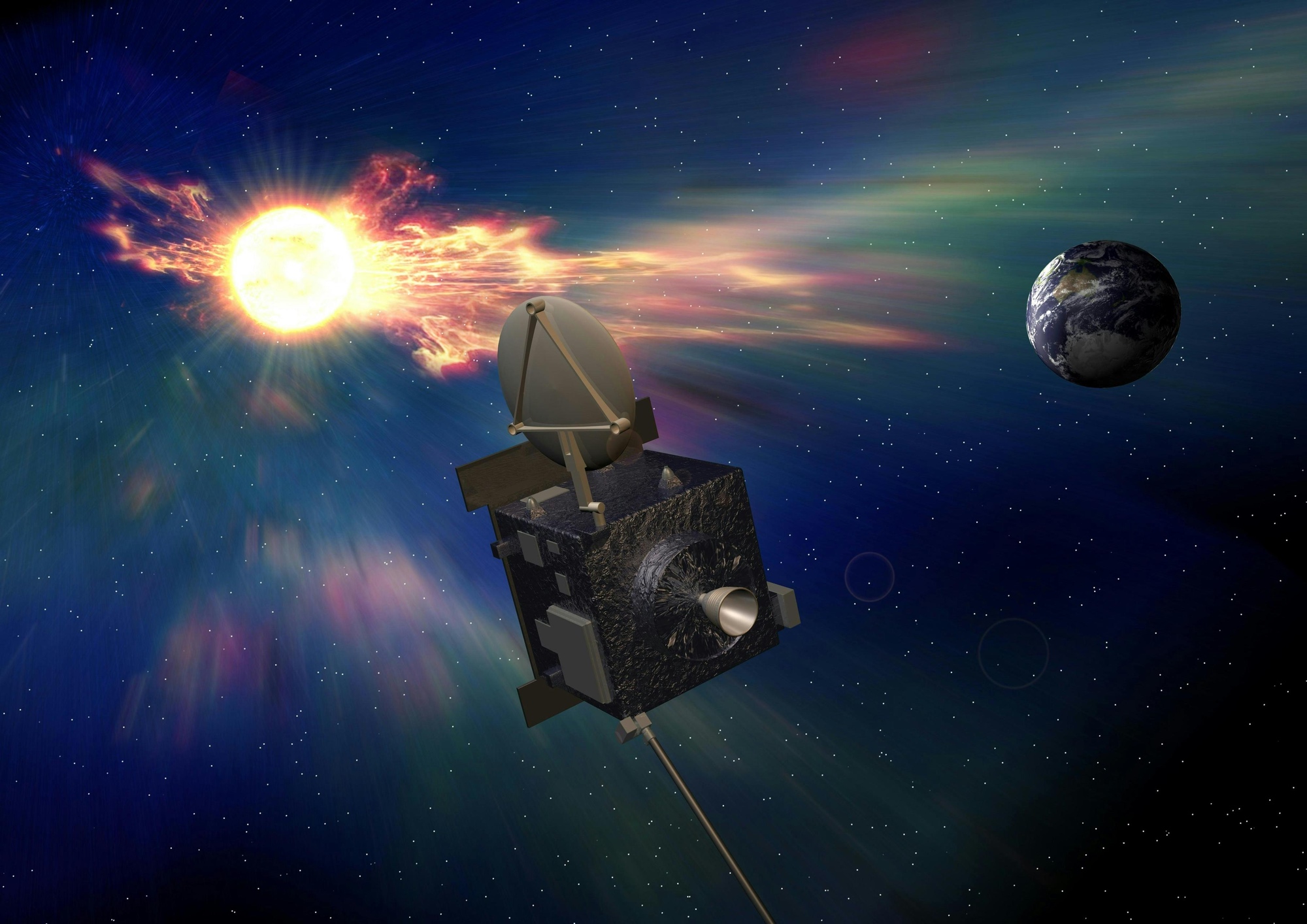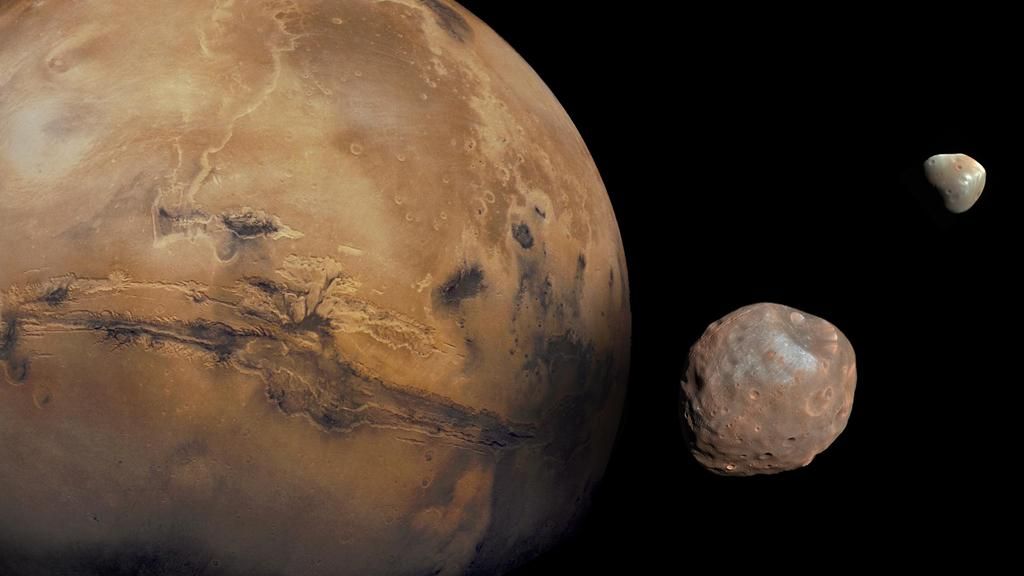Revolutionary Rocket Engine Promises to Slash Mars Travel Time
A groundbreaking new rocket engine is currently in development by Arizona-based company Howe Industries in partnership with NASA. This new engine, known as the Pulsed Plasma Rocket (PPR), is set to drastically reduce the time it takes for spacecraft to travel to Mars. Unlike traditional spacecraft propulsion systems, the PPR is designed to significantly increase the amount of thrust, pushing spacecraft forward at unprecedented speeds.
NASA estimates that a journey to Mars using current spacecraft would take at least 200 days each way. However, developers of the PPR project claim that their innovative engine could cut travel time to the Red Planet down to just two months each way. This remarkable reduction in travel time is made possible by the PPR’s ability to reach incredibly high speeds, thanks to its estimated 100,000 Newtons of thrust.
In addition to its impressive thrust capabilities, the PPR engine boasts a specific impulse rate of 5,000, a measurement of thrust efficiency. This rate far surpasses that of NASA’s Space Launch System (SLS), which has specific impulse rates below 500. The PPR engine is based on plasma-based technology called pulsed fission fusion, which involves rapidly compressing plasmas to generate thrust. Despite its advanced capabilities, the PPR system is designed to be smaller, simpler, and more cost-effective than existing rocket engines.
The potential impact of the PPR engine on space exploration is enormous. Not only could it enable faster and more efficient travel to Mars, but it also opens up possibilities for longer trips to more distant areas of space. Furthermore, the PPR system could facilitate the development of spacecraft with heavier shields to protect astronauts from Galactic Cosmic Rays, enhancing safety during space travel.
The PPR project is currently in Phase I of development under NASA’s Innovative Advanced Concepts (NIAC) program. If selected to advance to Phase II, the team will focus on further enhancing the engine’s performance and conducting experiments on major engine systems. Ultimately, the PPR engine has the potential to revolutionize space exploration and pave the way for ambitious missions to Mars and beyond.
Howe Industries and NASA Collaborate on Game-Changing Pulsed Plasma Rocket
In a groundbreaking partnership, Arizona-based company Howe Industries is teaming up with NASA to develop an innovative rocket engine that promises to revolutionize space travel. The Pulsed Plasma Rocket (PPR) project aims to drastically reduce travel times to Mars, making long-duration space missions more feasible and efficient than ever before.
Thrust is a crucial element in spacecraft propulsion, and the PPR engine is designed to deliver unprecedented levels of thrust to propel spacecraft at incredible speeds. With an estimated 100,000 Newtons of thrust, the PPR engine could cut travel time to Mars from 200 days to just two months each way. This significant reduction in travel time is made possible by the PPR’s high-speed capabilities and exceptional efficiency.
One of the key advantages of the PPR engine is its specific impulse rate of 5,000, which far surpasses that of traditional rocket engines like NASA’s Space Launch System (SLS). This high specific impulse rate indicates superior thrust efficiency and performance, positioning the PPR engine as a game-changer in the field of space propulsion.
Developed based on plasma-based technology known as pulsed fission fusion, the PPR engine offers a smaller, simpler, and more cost-effective alternative to existing rocket engines. By quickly compressing plasmas to generate thrust, the PPR system provides a powerful and efficient propulsion solution for future space missions.
The potential applications of the PPR engine are vast, ranging from faster travel to Mars to enhanced safety measures for astronauts in space. With the support of NASA’s Innovative Advanced Concepts (NIAC) program, the PPR project is poised to enter Phase II of development, focusing on further optimizing engine performance and conducting critical experiments on major engine systems. As the PPR engine continues to evolve, it holds the promise of transforming space exploration and enabling unprecedented missions to the far reaches of our solar system.
